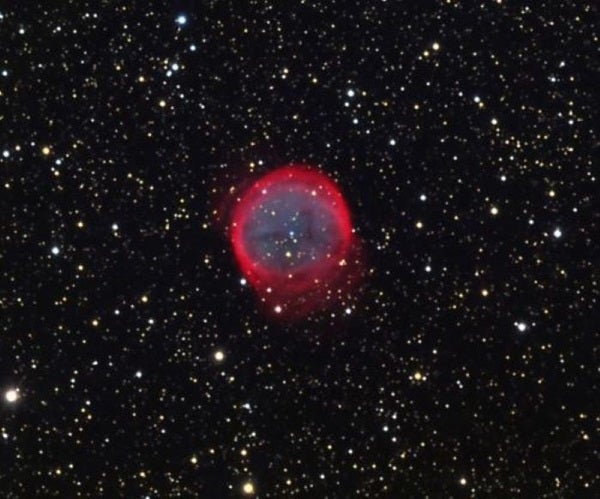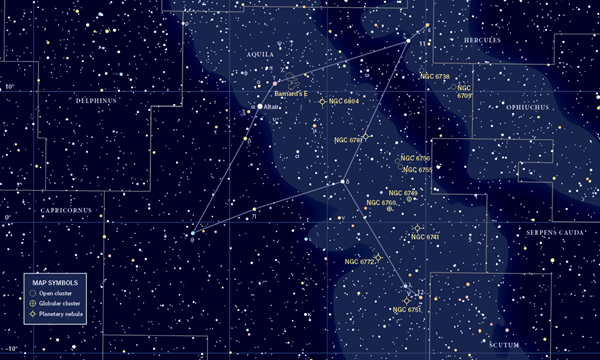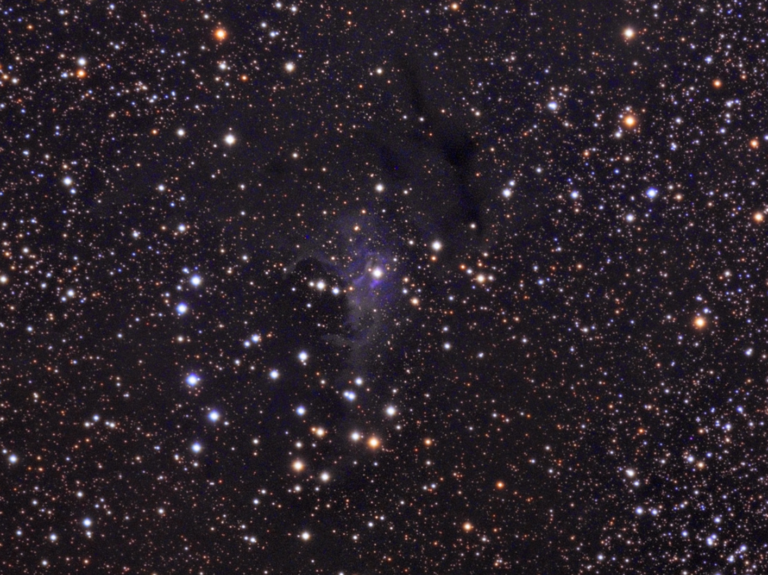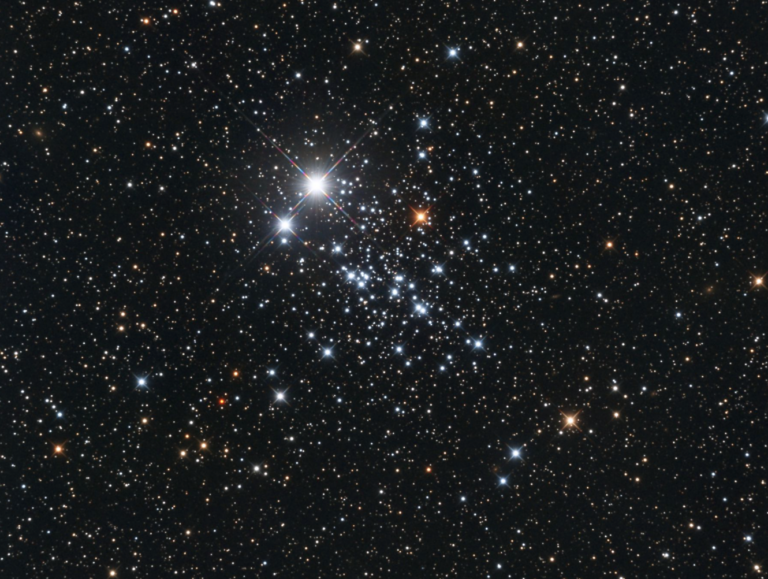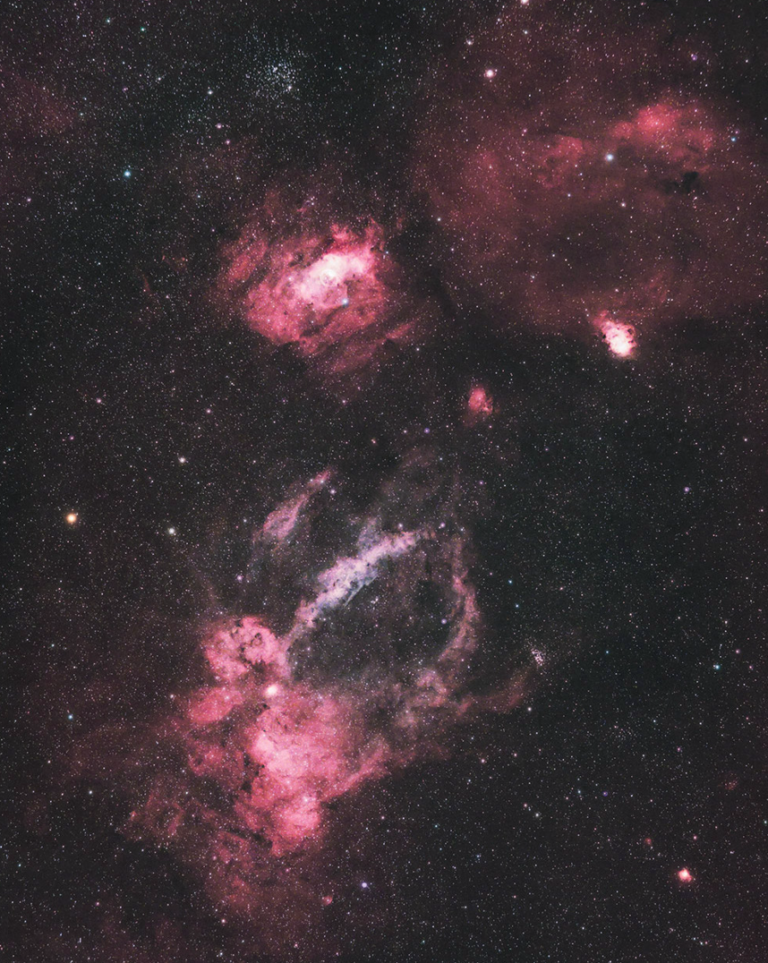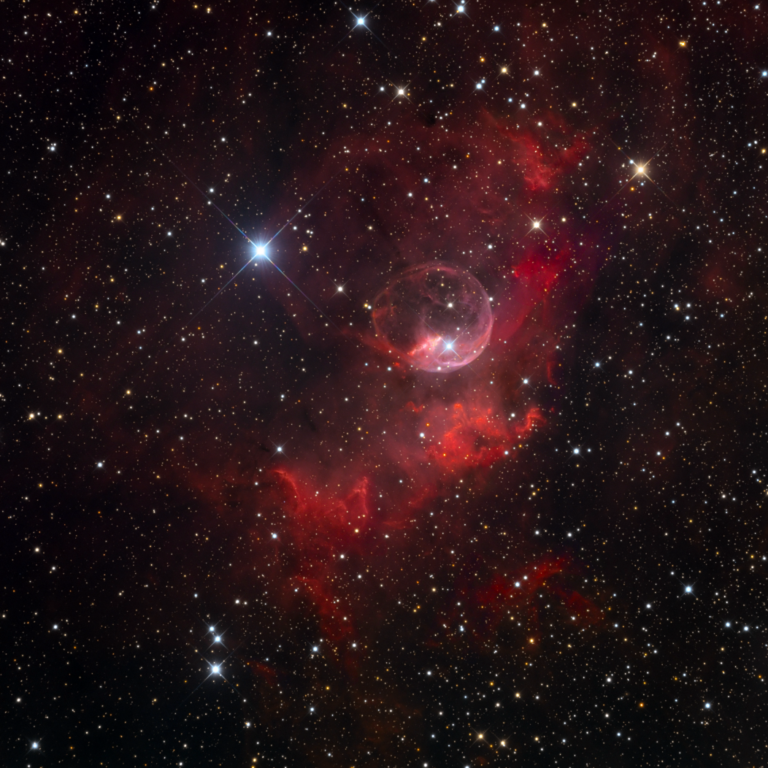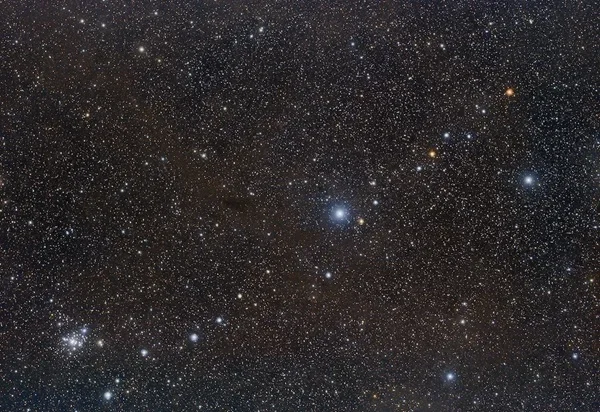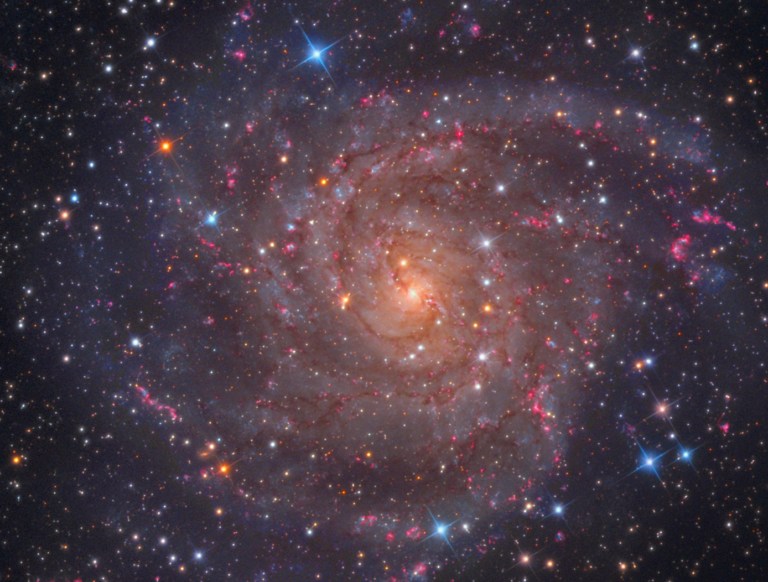Although the Eagle’s wingspan might not take up as much space as larger constellations like Hydra (1,303 square degrees), the 22nd-largest constellation still covers a respectable 652.47 square degrees, or about 1.58 percent of the night sky. Its size undercuts its visibility, however; it lies in the middle of the constellation ladder (41st) in terms of overall brightness.
The best date each year to see Aquila is July 14, when it stands opposite the Sun in the sky and reaches its highest point at local midnight. With respect to visibility, anyone living between latitudes 78° north and 71° south can see the entire figure at some time during the year. In fact, portions of it are visible worldwide.
Aquila contains no Messier objects or emission nebulae. Still, as you can see, there are plenty of targets within its borders for you to explore with your telescope. Good luck!

